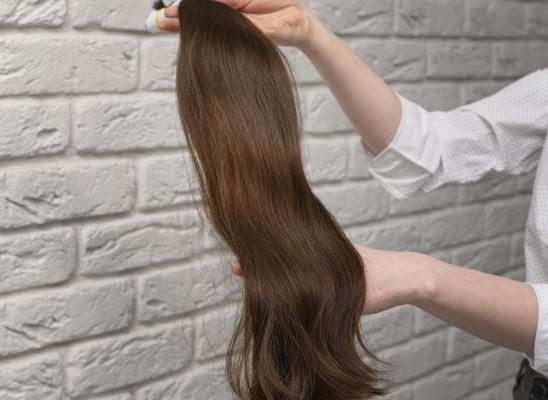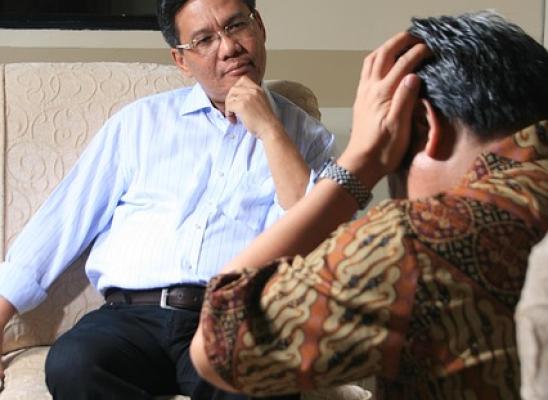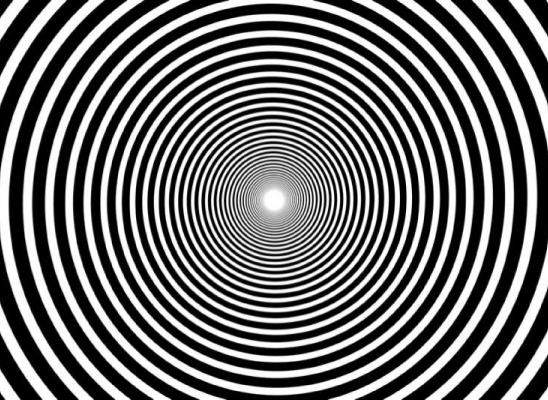CBT (Cognitive Behavioral Therapy) for Trichotillomania

Online test
Find out the severity of your symptoms with this free online test
Cognitive Behavioral Therapy (CBT) is by far one of the most effective treatments for trichotillomania to date. It is also the form of treatment that is the most widely accepted by scientists and researchers.
Trichotillomania can have devastatingly negative impacts on a person’s life. In addition to the physical issue of hair pulling, it can also cause an array of negative symptoms in those suffering from it. These include depression, anxiety, shame, guilt, embarrassment, low self-esteem, isolation, and social withdrawal.
Fortunately, Cognitive Behavioral Therapy, unlike many other treatment techniques focuses on treating all of these symptoms at one time. It is the closest to a complete “cure” for trichotillomania that there currently is.
What is Cognitive Behavioral Therapy?
CBT is a type of therapy that has proven effective in treating Body-Focused Repetitive Behaviors (BFRBs). These are disorders that may result in some type of physical harm, disfigurement, or injury. In addition to trichotillomania, the following also fall under the BFRB umbrella: compulsive skin picking, compulsive nail biting, compulsive biting of the inside of the cheek.
Much of CBT’s success is thanks to its practical and “hands-on” approach to treating trichotillomania. The therapy focuses on changing the attitudes and behaviors of the people with compulsive hair pulling disorder. CBT starts by helping you notice, explore, and change false thoughts that you might have about hair pulling.
Many people with the disorder base their behavior on ideas that are often untrue. An example of one of these false thoughts is “the only way I can get this feeling to go away is by pulling.” With CBT, this thought can be changed to “accepting the itchy feeling and letting it be will allow it to decrease in intensity. Pulling will only make the feeling worse.”
CBT also helps you address the emotional side of hair pulling. It allows you to work through thoughts about yourself and your relationships with others.
What is a CBT Treatment Session Like?
It can be reassuring to have an idea of what a Cognitive Behavioral Therapy session is like before attending your first one.
CBT sessions are generally kept short, an hour at most. It is recommended that you attend CBT one time per week, an hour each time. Most people need between three and six months to complete the initial stage of the treatment. After this, many people have the tools that they need to cope with trichotillomania on their own. However, this doesn’t mean additional CBT sessions aren’t needed. Preventative maintenance therapy, meeting on an occasional basis, can be vital in preventing relapse.
CBT sessions generally begin with a short conversation with your therapist. You usually talk about the topics that you want to work on for the current week. Your therapist will then create a “plan” and structure the rest of the session based off of this topic. Goals are then set for the week and beyond.
Your therapist for CBT will play a very active role in your treatment. They won’t just sit back and let you talk. You will work closely together to improve your problem. Much of the focus on initial sessions is placed on understanding trichotillomania in general and your individual problems in particular. Developing a strategy for your future life is one of the long-term goals of CBT.
Finding the Right Therapist
Before attending CBT, it is vital that you find the right therapist. Too many doctors and therapists are unfamiliar and inexperienced with trichotillomania. It isn’t essential to find a therapist that has treated trichotillomania in particular before, but it is necessary to find one that is experienced in using Cognitive Behavioral Therapy to treat a wide range of problems.
But even the best CBT therapist in the world won’t be able to help you if you don’t go into your therapy sessions wanting to change yourself. CBT is the farthest thing from a miracle cure. You have to work hard at it if you want to treat yourself with CBT for trichotillomania. More importantly, you have to be open to making changes and discussing your problem.
Habit-Reversal Therapy
One of the most popular CBT techniques is Habit-Reversal Therapy (HRT). It is widely recognized as the absolute most effective treatment for trichotillomania and other BFRBs. In recent studies it has been shown to be more effective than any other behavioral treatment and all medications.
Habit-Reversal Therapy consists of:
- Self-Monitoring – Keeping a diary or log of your hair pulling behaviors is the key to HRT. Such a record will help you become more aware of how much you pull, what triggers the behavior, and the negative effects of it.
- Awareness Training – Training yourself to recognize high-risk situations and triggers will help you reduce hair pulling. Wearing a loud jangly bracelet is one way that some people pay closer attention to their hands.
- Stimulus Control – Avoiding situations that trigger hair pulling behavior is vital. Learning techniques to prevent hair pulling in high-stress situations is part of this.
- Stimulus-Response Intervention – Replacing pulling with different actions can help prevent hair pulling. Perform these actions in place of pulling. Taking a walk, meditation, or playing with a fidget toy are examples.
Acceptance and Commitment Therapy
Another subtype of Cognitive Behavioral Therapy is Acceptance and Commitment Therapy (ACT). This type of treatment is based on the hypothesis that some people pull their hair to avoid uncomfortable or unpleasant thoughts and feelings.
In this type of therapy, you will spend the bulk of your time accepting these feelings. Setting goals is an essential part of ACT and your therapist will help you work steadily towards them.
Cognitive Behavioral Therapy for Trichotillomania
If you are suffering from compulsive hair pulling, there is hope. Plenty of it. Cognitive behavioral therapy has been shown to be very effective at treating trichotillomania. Find an experienced therapist that you trust, stick with CBT, and you’ll be sure to notice positive results rapidly.
Online test
Find out the severity of your symptoms with this free online test
Start your journey with TrichStop
Take control of your life and find freedom from hair pulling through professional therapy and evidence-based behavioral techniques.
Start Now



